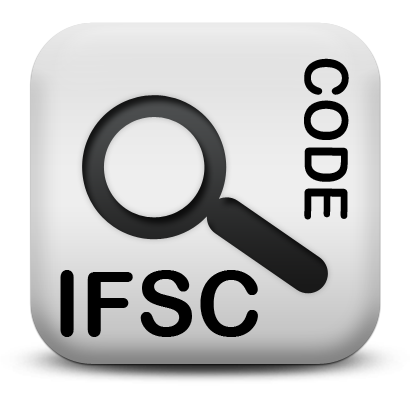The increasing pace of digitization is taking effect among individuals who now go online for almost everything. They buy accessories, sports equipment and several others online. Still, when it comes to banking services, they follow the traditional mode of visiting the branches only to face the delay and hassles that come with it.
One such service that many may not know is Search Branch by IFSC Code, which is being used to transfer the money from one account to another. When that need arises, many of you may be issuing a cheque to the individual who deposits it to his/her account.
The cheque can take 2-3 days to clear, thereby making instant credit to the account an impossible task. That’s why one should log in to net banking and transfer funds using IFSC Code. For a complete detail, you need to read the article further.
IFSC Code Full Form
IFSC, which extends to Indian Finance System Code, is a unique identity of the branch of a particular bank. Doesn’t matter whether it’s a current or savings account, they all bear the code, which consists of 11 alphanumeric characters. The first four letters represent the bank name and the last four denotes the branch code.
How Can You Search Branch by IFSC Code?
The first option is to go online and type it and get the branch details on the screen. The second one is when you transfer the funds via net banking. Most banks have ‘Add Beneficiary’ link on their online platform. You can thus click on it and fill the relevant details to add an account where you want to make a transfer. While filling the details, you would come across the blanks of branch, IFSC Code, bank, etc. So, if you know the code, just type it in the space prescribed to see the branch details popping out on the screen. Check the details thoroughly before adding the beneficiary. While some banks allow beneficiary activation the moment it is added to the account, others take around half an hour for the same.
Where Else Can You Find the IFSC Code?
One can find it even on the cheque leaves. Banks, in order to let make it visible, presents the same in bold letters.
A Look at Fund Transfer Modes
Funds can be transferred via net banking, mobile banking, etc. Within these, there are modes of NEFT, RTGS and IMPS, all are distinct to each other in some ways. National Electronic Fund Transfer (NEFT) and Real-time Gross Settlement (RTGS) are executed for a minimum of ₹1 and ₹2 lakhs, respectively. There’s, however, no limit on the maximum amount of transfer. Funds transferred through these two mediums go through several RBI settlement cycles before getting credited to the beneficiary account. On the other hand, Immediate Payment Services (IMPS) enables an instant fund transfer, something which many would opt for. Within all these modes, you need to input the IFSC Code finder so that the beneficiary gets added smoothly.
